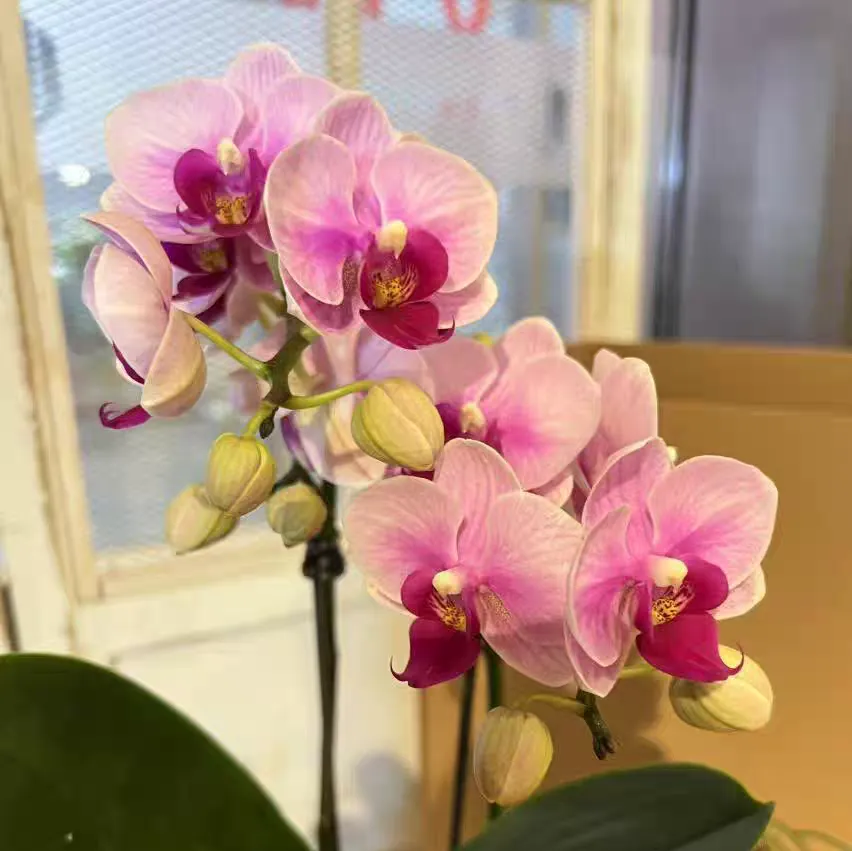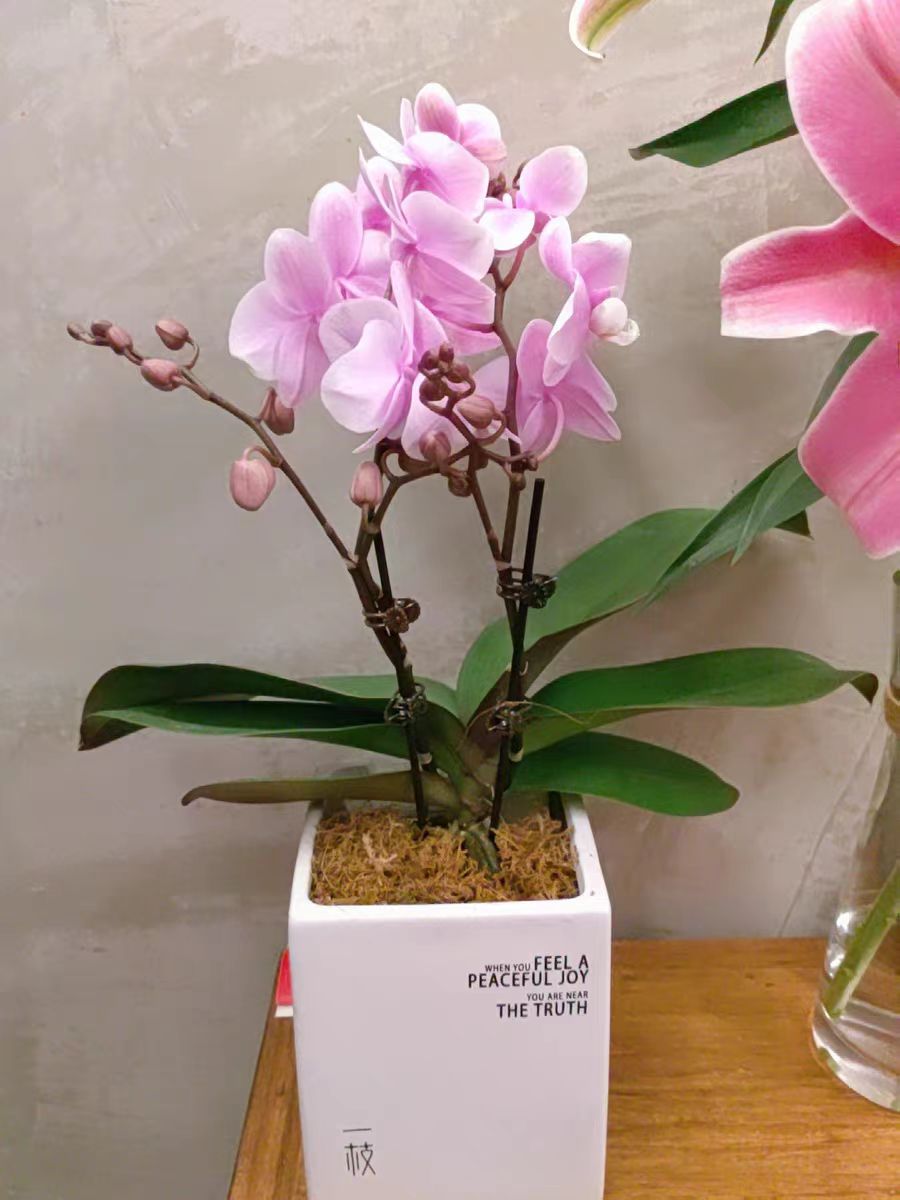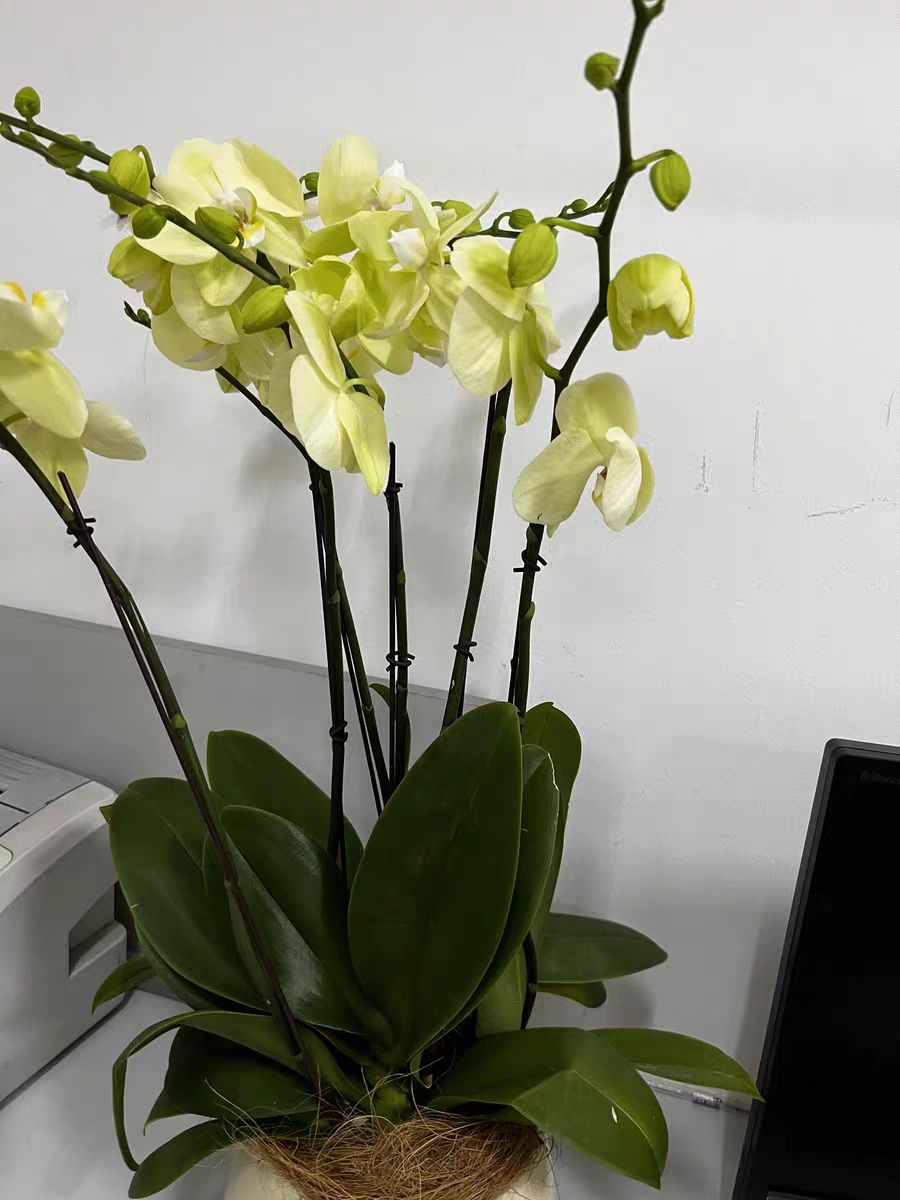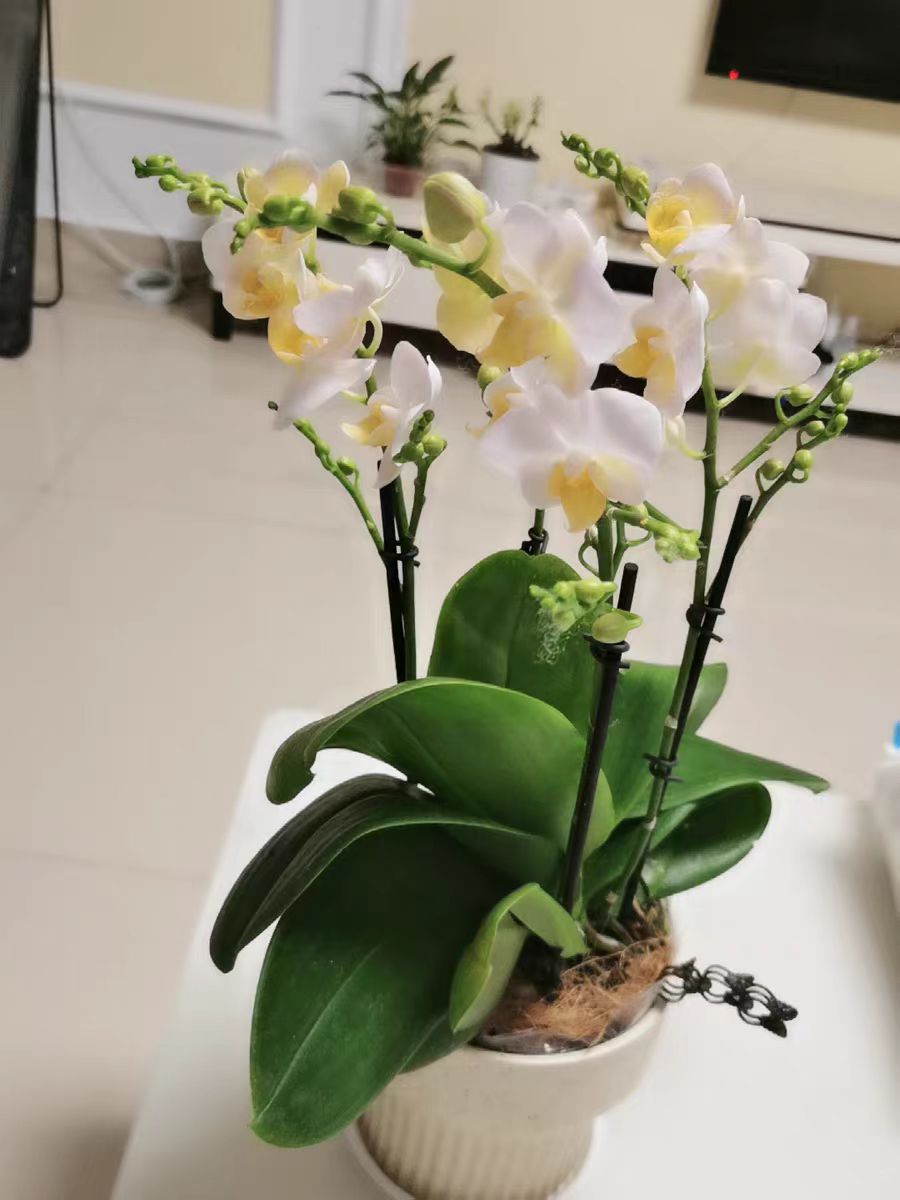When growing Phalaenopsis, the most frustrating thing is encountering black rot and water - soaked rot. A healthy flower suddenly becomes sickly and may even be beyond rescue. Today, I'll explain in detail the causes and solutions.
### Imbalance of Temperature and Humidity
Phalaenopsis prefers a warm and humid environment, but it fears high temperature and high humidity. Its optimal growth temperature is between 18 - 28°C, and the humidity is most suitable when maintained at 60% - 80%. Once the temperature in summer soars above 30°C and the humidity remains high, it provides an opportunity for bacteria and fungi. In such a stuffy and humid environment, pathogens multiply wantonly and quickly erode the tissues of Phalaenopsis, resulting in black rot and water - soaked rot.
### Improper Watering
Over - watering is one of the most common causes of black rot and water - soaked rot. Phalaenopsis has fleshy roots with a super - strong water - storage capacity, and its water demand is much lower than that of water - loving plants. Many novice flower growers rush to water as soon as they see the surface of the planting medium is dry, without realizing that the internal roots may still be wet. As a result, waterlogging deprives the roots of oxygen, causing them to rot gradually, and eventually affecting the entire plant. Also, when watering, if water is directly poured onto the center of the leaves and accumulates there for a long time without draining, it will also trigger black rot.
### Pest and Disease Infestation
Some pests, such as aphids and scale insects, suck the sap of Phalaenopsis, causing wounds. These wounds become channels for the invasion of pathogens. Pathogens like Fusarium and Pythium take the opportunity to enter and cause black rot and water - soaked rot, making the once - vibrant Phalaenopsis wilt.
### Emergency Measures
When a slight black rot is detected in Phalaenopsis, immediately remove it from the flower pot. Use a sharp, disinfected scissors to resolutely cut off the black - rotted and water - soaked parts. Cut deeply and generously to ensure that the pathogens are completely removed. After cutting, soak the plant in a carbendazim solution for about 30 minutes for thorough disinfection, and then place it in a well - ventilated and cool place to dry. When replanting, be sure to replace it with brand - new, highly breathable planting media, such as high - quality sphagnum moss and bark, to provide a good growth environment for the roots of Phalaenopsis.
If the black rot is severe and most of the plant has turned black and water - soaked, it may be necessary to reluctantly discard the main body. However, check if there are healthy stem nodes. Cut them off, disinfect them in the same way, and then carry out cuttings for propagation. There may still be a chance of saving it.
### Daily Prevention
During daily maintenance, it is crucial to ensure good ventilation in the maintenance environment. Let the air circulate freely to prevent the formation of a stuffy and humid environment. Watering should strictly follow the principle of "watering when the soil is dry and not watering when it is wet". Insert your finger 2 - 3 centimeters into the planting medium, and water only when it feels dry. Try to water at the roots, avoiding the center of the leaves. Regularly spray fungicides such as carbendazim on Phalaenopsis every month to prevent pests and diseases in advance. At the same time, wipe the leaves with a diluted rice vinegar solution every once in a while. This can not only enhance the plant's resistance but also make the leaves more shiny and green.
What causes the black rot of Phalaenopsis?

Share with
Tagged in :




Leave a Reply